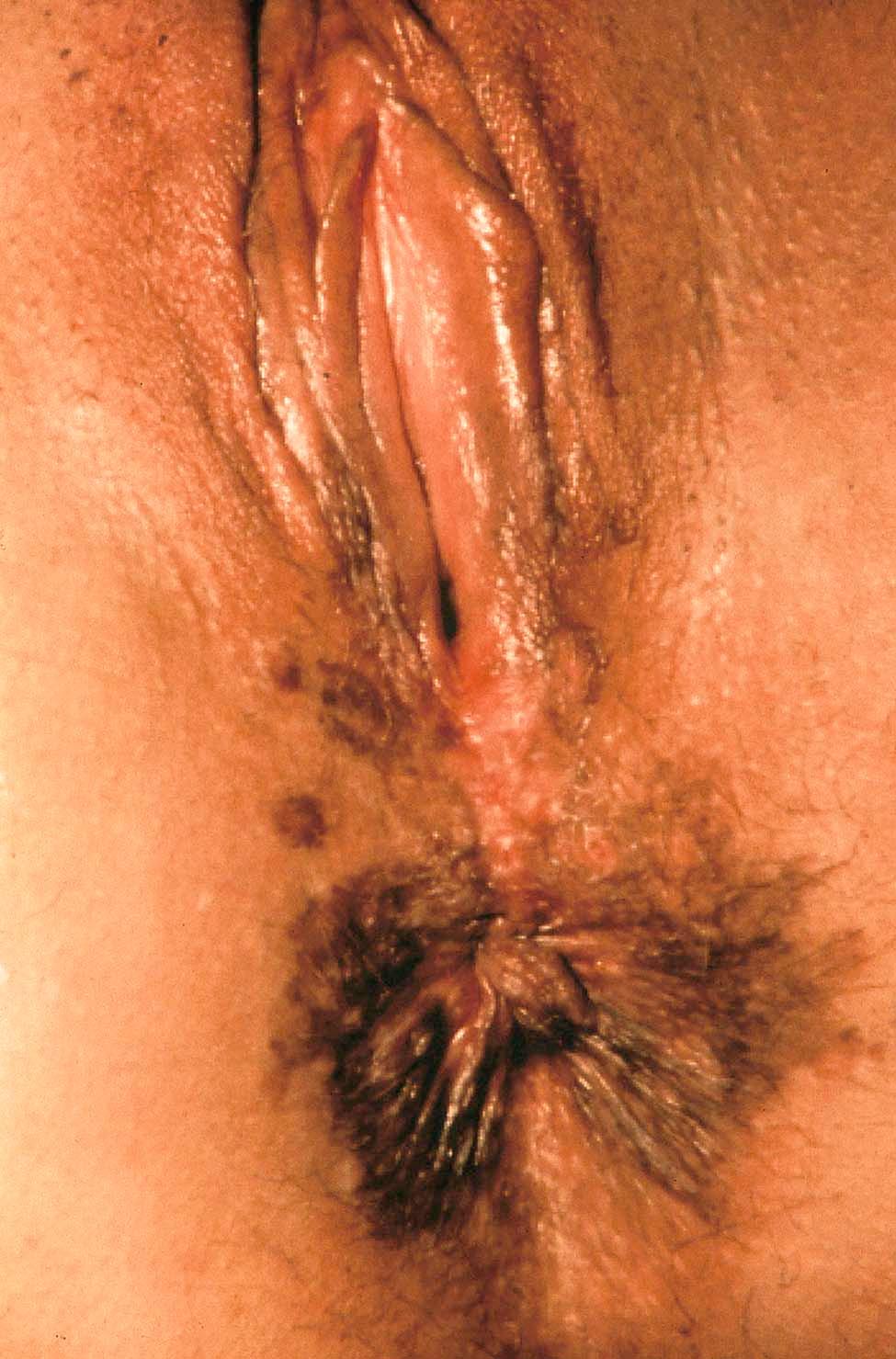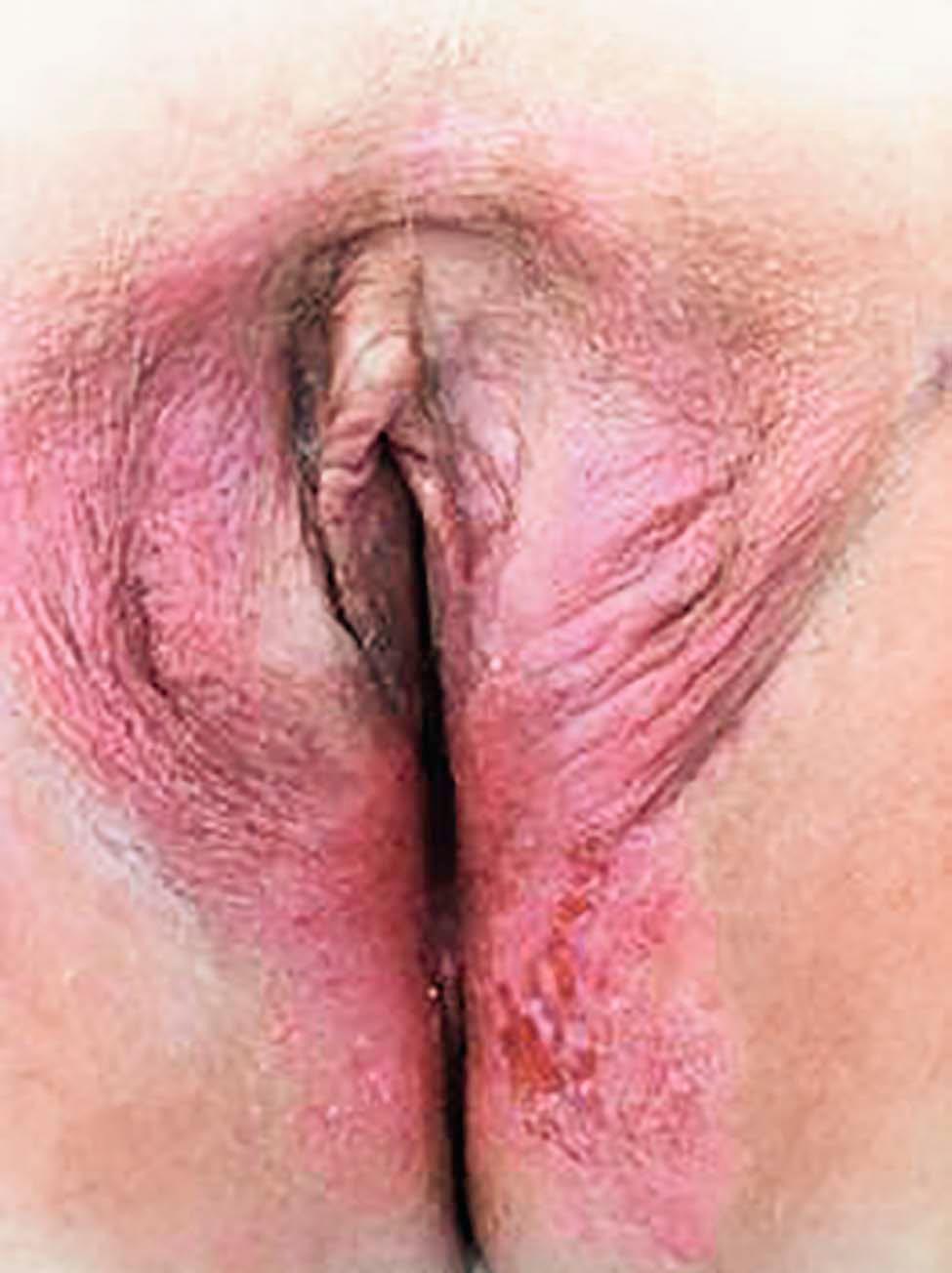Physical Address
304 North Cardinal St.
Dorchester Center, MA 02124
Most vulvar cancers are squamous cell carcinomas, and, etiologically, there are two different types. The more common type occurs in older women and is frequently related to long-standing lichen sclerosus. The less common type occurs in younger women and is related to infection with the human papillomavirus and smoking.
Invasive vulvar cancer spreads initially to adjacent organs, such as the urethra, vagina, or anus, and also by lymphatic embolization to the inguinofemoral lymph nodes. About 30% of patients with vulvar cancer have lymph node metastases.
Modern management of vulvar cancer should be individualized and requires a multidisciplinary team approach. Radical local excision is usually appropriate for the primary lesion, with the emphasis on vulvar conservation.
Carcinoma in situ of the vagina, or vaginal intraepithelial neoplasia (VAIN), is much less common than its counterparts on the cervix or vulva. Most lesions occur in the upper third of the vagina, and women are usually asymptomatic. VAIN appears to be related to infection with the human papillomavirus.
The diagnosis of VAIN is usually considered because of an abnormal Papanicolaou smear in a woman who either has had a hysterectomy or has no demonstrable cervical abnormality.
Vulvar and vaginal cancers are considered to be lower genital tract carcinomas along with carcinoma of the cervix. At all three sites, the predominant cancer is squamous cell histologically, and the human papillomavirus (HPV) plays a role in carcinogenesis. A patient who develops cancer at one site is at risk of developing cancer at another lower genital tract site, so colposcopy of the cervix, vagina, and vulva should be part of the diagnostic workup for vulvar and vaginal cancers.
Vulvar cancer is uncommon, representing 4% of malignancies of the female genital tract. Because the vulva is an external genital organ, the treatment of vulvar cancer usually causes significant psychosexual distress.
Most tumors are squamous cell carcinomas, and they occur mainly in postmenopausal women. A history of chronic vulvar itching is common.
The mean age at diagnosis of squamous cell carcinoma of the vulva is 65 years. Recent studies suggest two different etiologic types of vulvar cancer. One type is seen mainly in younger patients, is related to HPV infection and smoking, and is commonly associated with vulvar intraepithelial neoplasia (VIN) of the basaloid, warty, or usual type. The more common type is seen mainly in elderly women and is unrelated to smoking or HPV infection. It is frequently related to long-standing lichen sclerosus. Concurrent VIN is uncommon, but when present, it is of the differentiated type.
Although rarely seen in the United States, vulvar cancer may also occur in association with the venereal diseases syphilis, lymphogranuloma venereum, and granuloma inguinale. In such cases, the cancer occurs at an earlier age and carries a graver prognosis.
The International Society for the Study of Vulvovaginal Disease recognizes two varieties of intraepithelial neoplasia: squamous cell carcinoma in situ (Bowen disease), or VIN; nonsquamous intraepithelial neoplasia, including Paget disease; and noninvasive tumors of melanocytes. With the introduction of the HPV vaccines, there should be a significant reduction in the incidence of VIN and invasive vulvar cancer, particularly in young patients, in the future.
During the last 30 years, the incidence of VIN has increased markedly. Younger patients are being affected, and the mean age at diagnosis is approximately 45 years.
Itching is the most common symptom, although some patients present with palpable or visible abnormalities of the vulva. Approximately half of the patients are asymptomatic. There is no absolutely diagnostic appearance. Most lesions are elevated, but the color may be white, red, pink, gray, or brown ( Figure 40-1 ). Approximately 20% of the lesions have a “warty” appearance, and the lesions are multicentric in about two-thirds of cases.

Diagnosis requires biopsy of suspicious lesions, which can be done in the office with the patient under local anesthesia. Careful inspection of the vulva under a bright light, with the aid of a magnifying glass if necessary, is the most useful technique for detecting abnormal areas. Colposcopic examination of the entire vulva after the application of 5% acetic acid will sometimes highlight additional acetowhite areas.
Most cases of VIN can be treated adequately by local superficial surgical excision with primary closure. The microscopic disease seldom extends significantly beyond the colposcopic lesion, so margins of about 5 mm are usually adequate. For extensive lesions involving most of the vulva, a “skinning” vulvectomy, in which the vulvar skin is removed and replaced by a split-thickness skin graft, may be used.
Laser therapy is effective for multiple small lesions or for lesions involving the clitoris or perianal area. No specimen is available for histologic study after laser ablation, so a liberal number of biopsies must be taken before treatment to exclude invasive cancer.
Paget disease of the vulva predominantly affects postmenopausal white women. Paget disease also occurs in the nipple areas of the breast.
Itching and tenderness are common and may be long-standing. The affected area is usually well demarcated and eczematoid in appearance, with the presence of white, plaquelike lesions ( Figure 40-2 ). As growth progresses, extension beyond the vulva to the mons pubis, thighs, and buttocks may occur; rarely, it may extend to involve the mucosa of the rectum, vagina, or urinary tract. In 10-20% of cases, Paget disease is associated with an underlying adenocarcinoma.

The disease is an adenocarcinoma in situ and is characterized by large, pale, pathognomonic Paget cells that are seen within the epidermis and skin adnexa. They are rich in mucopolysaccharide, a diastase-resistant substance that stains positive with periodic acid-Schiff stain. The intracytoplasmic mucin may also be demonstrated by Mayer mucicarmine staining. The Paget cells are typically located adjacent to the basal layer, both in the epidermis and in the adnexal structures.
If the disease involves the anus, colonoscopy should be undertaken to exclude an underlying rectal cancer, whereas if the urethra is involved, cystoscopy should be performed to exclude an underlying urothelial cancer.
The histologic extent of Paget disease usually extends well beyond the visible lesion. Local superficial excision with 5- to 10-mm margins is required to clear the gross lesion, exclude underlying invasive cancer, and relieve symptoms. Recurrences are common and may be treated by further excision or laser therapy.
If an underlying invasive carcinoma is present, the treatment should be the same as for other invasive vulvar cancers.
Squamous cell carcinoma accounts for about 90% of vulvar cancers.
Become a Clinical Tree membership for Full access and enjoy Unlimited articles
If you are a member. Log in here